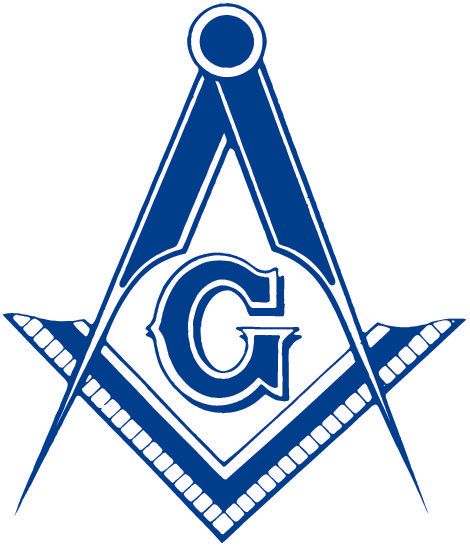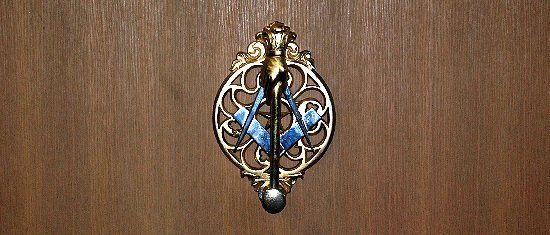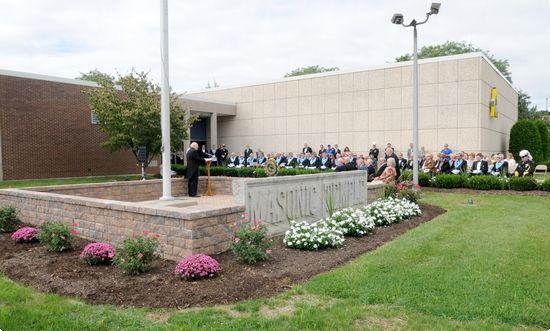What is Freemasonry?
Freemasonry is the world's oldest largest Fraternity. Its history and tradition date to antiquity. Its singular purpose is to make good men better. Its bonds of friendship, compassion, and brotherly love have survived even the most divisive political, military, and religious conflicts through the centuries. Freemasonry is neither a forum nor a place for worship. Instead, it is a friend of all religions that are based on the belief in one God.
Who the Freemasons Are.
Many of our nation's founding fathers and early patriots were Freemasons. Nine signers of the Declaration of Independence, thirteen signers of the Constitution, and fourteen Presidents of the United States including George Washington have been Freemasons.
Today, the more than three million Freemasons around the world come from virtually every occupation and profession. Within the Fraternity, however, they all meet as equals. They come from diverse political ideologies, but they meet as friends. They come from virtually every religious belief, but they all believe in one God.
One of the fascinating aspects of Freemasonry has always been: how so many men from so many different walks of life can meet together in peace, never have any political or religious debates, always conduct their affairs in harmony and friendship, and call each other "Brother!"
Qualifications for Membership
Freemasonry is proud of its philosophy and practice of "making good men better." Only individuals believed to be of the finest character are favorably considered for membership. Every applicant must advocate his belief in the existence of a Supreme Being (atheists are not accepted in the Fraternity).
What Freemasons do, and believe in.
All Freemasons believe in one God and in respect for each other.
Freemasons are respectable citizens who are taught to conform to the moral laws of society and to abide by the laws of the government under which they live. They are men of charity and good works. They remain unchallenged as "the world's greatest philanthropy!"
The Freemasons of America contribute more than two million dollars every day to charitable causes which they, alone, have established. These services to mankind represent an unparalleled example of humanitarianism, commitment, and concern by this unique and honorable Fraternity.
This briefly explains what Freemasonry is, who Freemasons are, what we believe in, and what we do. It is important for you to know that those who desire membership must seek it on their own. Unfortunately, without this understanding, many qualified men have not enjoyed the special rewards of membership and fellowship in Freemasonry.
The Fraternity of Free and Accepted Masons is the oldest, largest and most widely known fraternal organization in the world. Volumes have been written about it. Yet, to many, Freemasonry remains a mystery.




